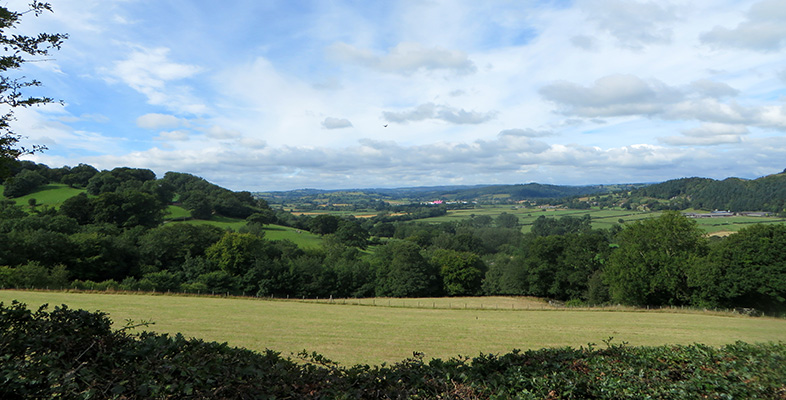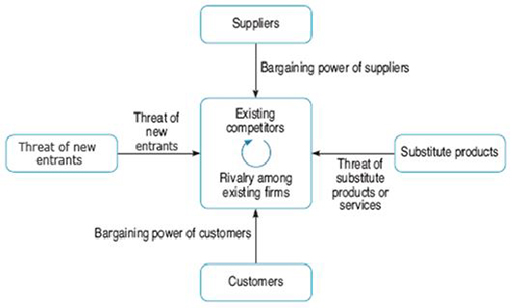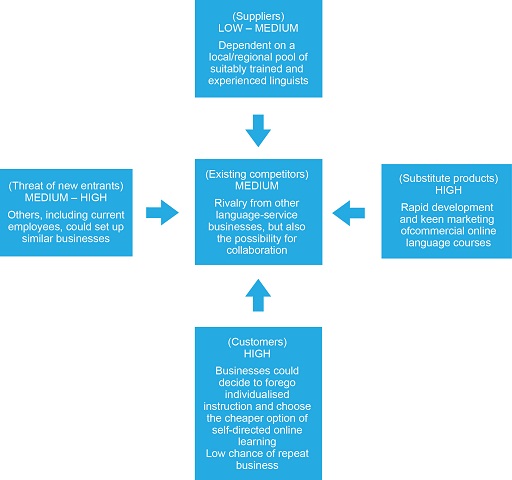2.7 Competitive advantage
Michael Porter (1998) has an international reputation for his work around creating competitive advantage. His analysis of the impact of external competitive pressures or forces provides a useful framework to consider the types of forces and relationships between companies that influence local competition (and the sort of pressures that a new entrant company can face).
Porter sees the competitive pressures on a given industry in terms of ‘five forces’ – in addition to the central struggle with existing competitors, there are new competitors entering the market, arguments with suppliers over the costs of inputs and persistent downward pressures on selling prices from customers. All these, except sometimes new entrant competitors from outside, are visible. Less obvious are the competitive forces that come directly and indirectly from consumers and customers when they turn to alternative or substitute ways of meeting their needs, for example internet-based travel services versus high street travel agents.
The five forces also represent areas where entrepreneurs can spot opportunities for innovation that offer a decisive competitive advantage. Looking at the competitive environment in this way can help us understand how the STEEP factors are affecting our customers.
Task 12: Competitive advantage analysis
Complete a five force analysis for your proposed business using the Five force analysis template [Tip: hold Ctrl and click a link to open it in a new tab. (Hide tip)] .
Indicate if you think the bargaining power is low, medium or high in each case.
Discussion
From this analysis it is clear that while Gwenllian’s business idea is reasonably unique, she is entering a potentially competitive area. She will need to pay particular attention to how her company builds a niche and customer base in order to protect her business idea and succeed.


